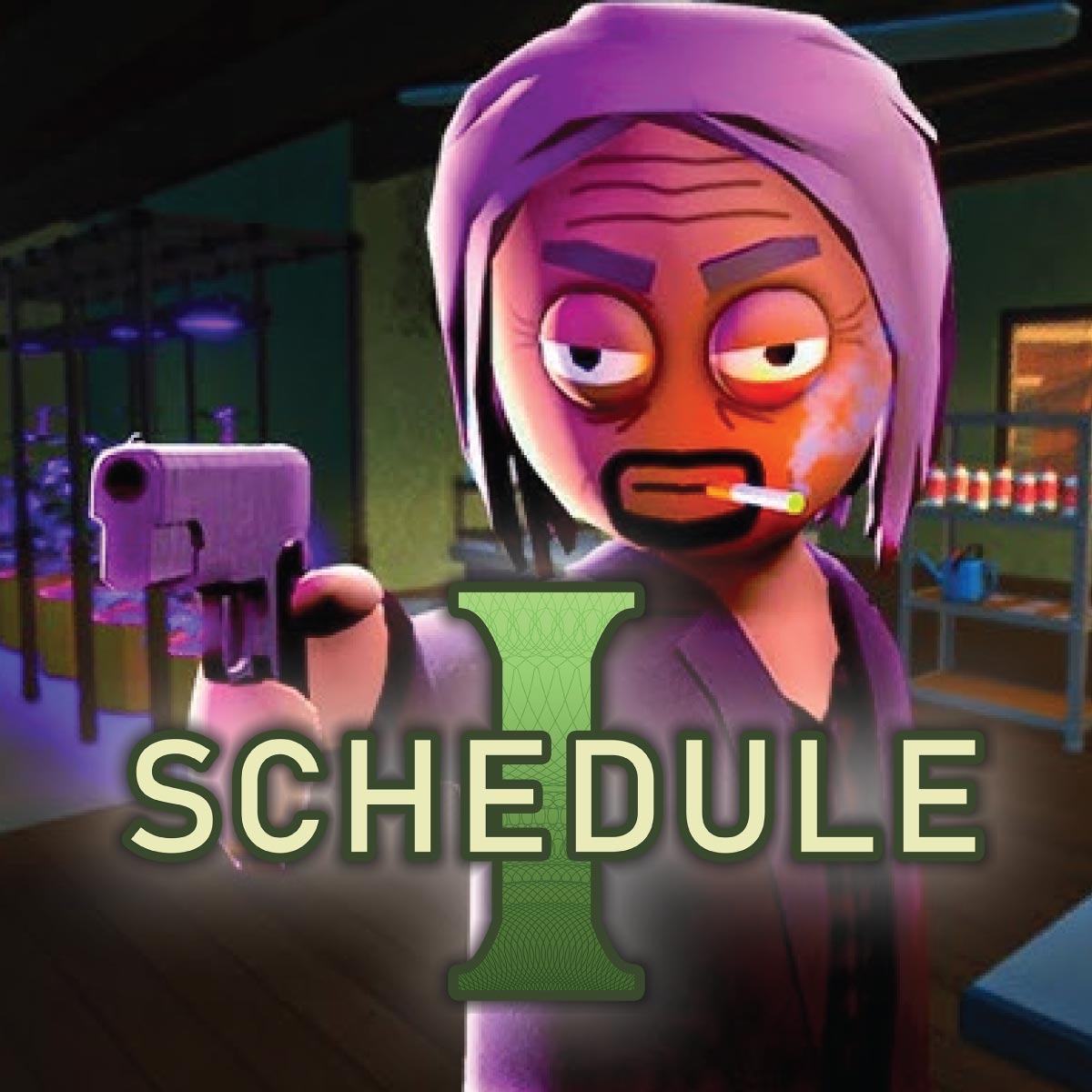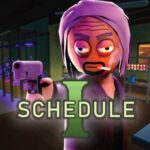
Schedule I
All trademarks belong to their respective owners.Popular Now
 Free Fire
Free Fire
 Minecraft
Minecraft
 Stumble Guys
Stumble Guys
 League of Legends
League of Legends
 Poppy Playtime
Poppy Playtime
 Valorant
Valorant
 EA SPORT FC 25
EA SPORT FC 25
 Schedule I
Schedule I
 Among Us
Among Us
 Geometry Dash
Geometry Dash From Indie Gem to Horror Icon: The Development Journey and Future of Schedule One
The path from an ambitious concept to a realized horror game is fraught with challenges, especially for independent game development studios. Yet, Schedule One has managed to capture significant attention, promising to ascend from an indie gem to a potential horror icon in the making. Its journey, characterized by dedication, a clear artistic vision, and a deep understanding of what makes psychological horror truly effective, offers valuable insights into the creative process behind such an atmospheric title. This deep dive will explore the likely development phases that shaped Schedule One, the core philosophies that guided its creation, and speculate on its potential future impact within the ever-evolving horror genre.
The Genesis: Concept to Prototype
Every great game begins with a compelling idea, and Schedule One’s likely genesis focused on core tenets of fear.
- Core Concept – Isolation and Paranoia: The initial spark for Schedule One likely revolved around the primal fears of isolation and paranoia. The Arctic setting immediately provides a foundation for these themes, establishing a desolate environment that amplifies psychological vulnerability. This clear thematic focus is a strong starting point for any horror game.
- Psychological Horror Blueprint: Instead of starting with monster models, the development team probably began by conceptualizing how to trigger psychological discomfort: subtle environmental shifts, auditory illusions, and the erosion of sanity. This focus on the “unseen” horror from the outset is crucial for its genre.
- Early Atmosphere and Sound Design: Given the game’s emphasis on atmosphere, early prototypes would have heavily focused on creating a palpable sense of dread through lighting, environmental textures, and foundational sound engineering. These elements are often established very early to test the core “feel” of the game.
- Iterative Design and Testing: Indie development often relies on iterative processes. Early versions of Schedule One would have been tested internally to refine gameplay mechanics, puzzle flow, and the impact of jump scares (if any) or psychological triggers. Feedback loops would be vital to ensure the desired level of fear and immersion was achieved.
Building the World: Art, Sound, and Narrative Integration
The transition from prototype to a coherent game involves meticulously integrating all creative elements.
- Environmental Artistry: The visual design of the abandoned Arctic facility would have been crucial. Artists would have focused on details that tell a story: decay, scientific equipment, signs of struggle, and the stark contrast between the internal human chaos and the external natural order of the Arctic. This environmental storytelling is a massive undertaking.
- Mastering Sound Engineering: Dedicated efforts would have gone into crafting the bespoke sound design that makes every creak, whisper, and distant howl contribute to the terror. This involves recording specific foley, creating ambient loops, and experimenting with spatial audio to pinpoint terrifying sound sources. It’s a specialized skill vital for psychological horror.
- Narrative Unveiling: The game’s fragmented lore would have been carefully plotted. Decisions about where to place research logs, audio diaries, and visual clues would be strategic, designed to gradually unveil the terrifying truth without over-explaining. This careful pacing of narrative revelation keeps players engaged and fearful.
- Gameplay Loop Refinement: Balancing survival mechanics (e.g., temperature, hunger, sanity) with exploration, puzzle-solving, and potential encounters with threats would be a continuous refinement process. Ensuring resources are scarce but manageable is key to maintaining tension without frustrating players.
Marketing and Community Engagement: Building Anticipation
Even before release, Schedule One has begun to build a buzz.
- Targeted Marketing: The team likely focused on showcasing the game’s unique selling points: its emphasis on psychological horror, the desolate Arctic setting, and its commitment to atmospheric dread rather than cheap scares. This appeals directly to horror game enthusiasts.
- Engaging with Previews/Demos: Releasing compelling trailers, screenshots, and potentially even playable demos allows the community to experience a slice of the terror, building anticipation and generating word-of-mouth buzz.
- Transparency (if applicable): Indie studios often benefit from transparent communication with their potential player base, sharing development updates, challenges, and insights, which builds trust and a dedicated following.
The Future: A Potential Horror Icon?
For Schedule One to truly become a horror icon, several factors will be key post-launch.
- Critical Acclaim and Player Reception: Positive reviews and strong player feedback will be essential, validating its unique approach to horror game design.
- Community Cultivation: A dedicated player base that engages with the lore, shares theories, and creates content (e.g., fan art, let’s plays) will extend the game’s life and influence.
- Lasting Impact on the Genre: If Schedule One’s innovations in psychological horror, environmental storytelling, and sound design inspire other developers, it will solidify its place as a genre innovator.
- Expansion (Potential DLC/Sequels): If successful, the established lore and gameplay mechanics could lend themselves to future content expansions or even sequels, building upon the initial foundation and further cementing its iconic status.
Schedule One’s development journey is a testament to the power of a focused vision in independent game development. By meticulously crafting an experience rooted in deep psychological horror, leveraging its extreme Arctic setting, and prioritizing atmospheric immersion, it has laid the groundwork for a truly unsettling and memorable survival horror game. Should it deliver on its promises, Schedule One has the potential to not only terrify players but also to leave a lasting mark on the horror genre, inspiring a new wave of fear that preys directly on the human mind.
What element do you believe is most crucial for an indie horror game to achieve widespread recognition and “iconic” status?
Rating
PROS
- News
CONS
- News
